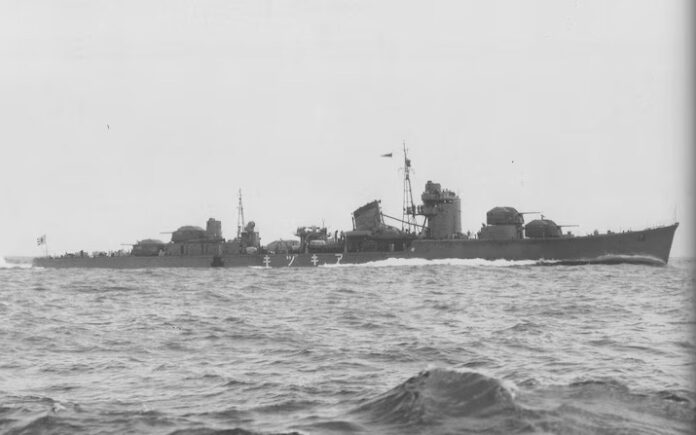
A new expedition to Guadalcanal reveals WWII shipwrecks for the first time
Shipwreck hunter Bob Ballard recalls the solemn sense of duty he felt more than 30 years ago when he first explored Iron Bottom Sound—an expanse of water beside the island of Guadalcanal in the South Pacific’s Solomon Islands that was the scene of fierce fighting in World War II.
The battles there between Allied forces—mostly American—and the Imperial Japanese Navy raged for six months from August 1942 until February 1943. The campaign marked a turning point in the Pacific War and the American victory there, some 14 months after the surprise attack on Pearl Harbor, began a final phase that ended in the showdown for Japan’s Home Islands.
Ballard’s first journeys in the early 1990s and his most recent expedition this past July underscored the loss of life; the seven naval clashes and three major land engagements claimed more than 27,000 lives on both sides.
“This was the first battle that Japan lost badly,” says Ballard, a National Geographic Explorer-at-Large. “This was when the Rising Sun began to set.”
Japan capitulated to the Allies two years after Guadalcanal, on August 15, 1945, after the U.S. dropped atomic bombs on Hiroshima and Nagasaki. It would formally surrender the following month, on September 2, aboard U.S.S. Missouri.
Before World War II, Iron Bottom Sound was known as Savo Sound, after nearby Savo Island. But its wry nickname stuck because more than a hundred warships were sunk there during the deadly conflict. The shipwrecks that still lie on the seafloor are a grim testament to this critical moment in history—and yet, at a depth of around 2,000 feet, they remain elusive as they are much too deep for human divers to reach. Ballard’s latest expedition offered a rare chance to see these ships and restore their stories.
The full article can be accessed here.



